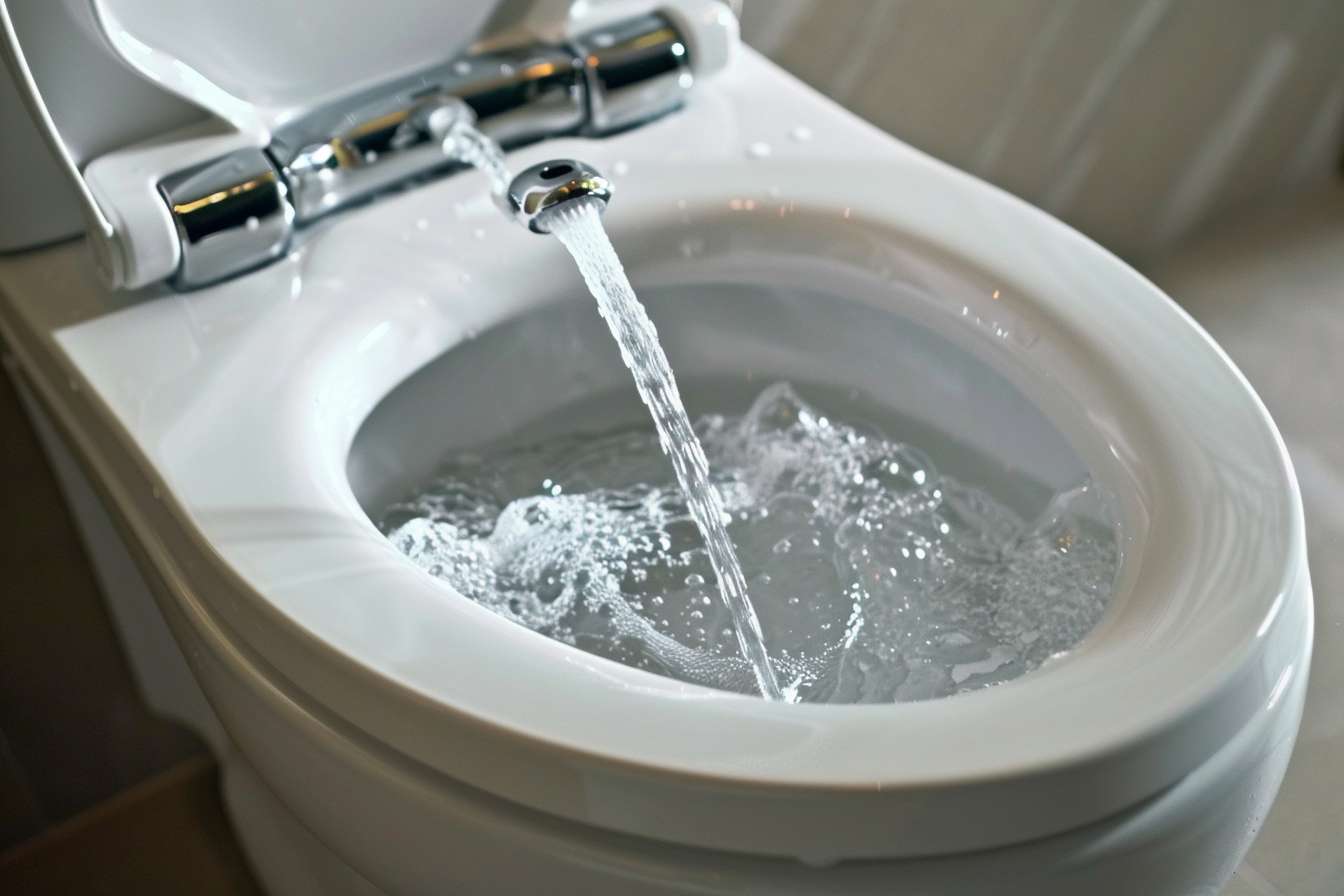The Japanese Toilet Revolution: Redefining Bathroom Comfort and Hygiene
The Japanese toilet, often referred to as a smart toilet, washlet, or bidet toilet, has revolutionized bathroom experiences worldwide. These high-tech marvels combine advanced features with exceptional hygiene standards, offering users a level of comfort and cleanliness previously unimaginable in traditional bathrooms. From warm water cleansing to heated seats and automatic lid opening, Japanese toilets have set a new benchmark for personal care and sanitation.

How do Japanese toilets improve hygiene?
The bidet function in Japanese toilets significantly enhances personal hygiene. By using water instead of toilet paper, these toilets provide a more thorough and gentle cleaning experience. This not only reduces the risk of irritation but also minimizes the spread of bacteria. Additionally, many models feature antibacterial surfaces and self-cleaning mechanisms, further contributing to a more hygienic bathroom environment.
Are Japanese toilets environmentally friendly?
Japanese toilets often incorporate water-saving technologies, making them more environmentally friendly than traditional toilets. Many models offer dual-flush options, allowing users to choose between a light or heavy flush depending on their needs. Some advanced toilets even analyze the user’s position to optimize water usage. These features, combined with reduced toilet paper consumption, contribute to water conservation and waste reduction.
Can Japanese toilets be installed in any bathroom?
While Japanese toilets can be installed in most bathrooms, there are some considerations to keep in mind. These toilets typically require an electrical outlet nearby for powering their electronic features. Some models may also need specific plumbing configurations. However, many manufacturers now offer retrofit options that can be installed on existing toilets, making it easier to upgrade without a complete bathroom renovation.
What are the health benefits of using a Japanese toilet?
Japanese toilets offer several health benefits beyond improved hygiene. The bidet function can be particularly beneficial for individuals with hemorrhoids, as it provides gentle cleaning without the need for abrasive wiping. The warm water spray can also help relieve constipation and promote better bowel movements. For elderly users or those with mobility issues, features like heated seats and automatic lid opening can enhance comfort and independence in the bathroom.
| Product/Service | Provider | Key Features | Cost Estimation |
|---|---|---|---|
| Washlet C5 | TOTO | Heated seat, warm water cleansing, air deodorizer | $350 - $500 |
| Advanced Clean C3 | American Standard | Heated seat, adjustable water pressure, night light | $600 - $800 |
| S550e | Brondell | Heated seat, warm air dryer, remote control | $600 - $900 |
| A8 Serenity | BioBidet | Heated seat, nightlight, 3-in-1 nozzle | $500 - $700 |
Prices, rates, or cost estimates mentioned in this article are based on the latest available information but may change over time. Independent research is advised before making financial decisions.
The integration of Japanese toilet technology into modern bathrooms represents a significant leap forward in personal hygiene and comfort. These smart toilets offer a range of features that cater to diverse needs, from basic cleansing to advanced health-monitoring capabilities. As awareness of their benefits grows, Japanese toilets are becoming increasingly popular in homes and establishments worldwide, setting new standards for what we expect from our bathroom fixtures.
While the initial cost of a Japanese toilet may be higher than that of a traditional toilet, many users find the investment worthwhile for the improved hygiene, comfort, and potential long-term savings on toilet paper and water usage. As technology continues to advance, we can expect even more innovative features to enhance our daily bathroom routines, further cementing the Japanese toilet’s place as a cornerstone of modern bathroom design.






